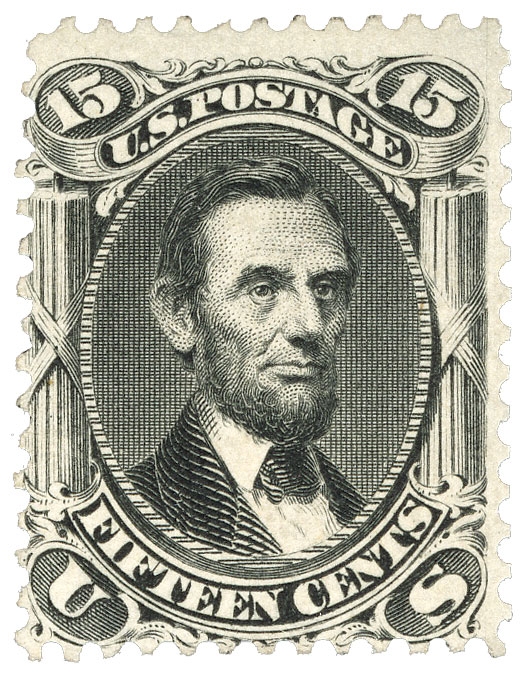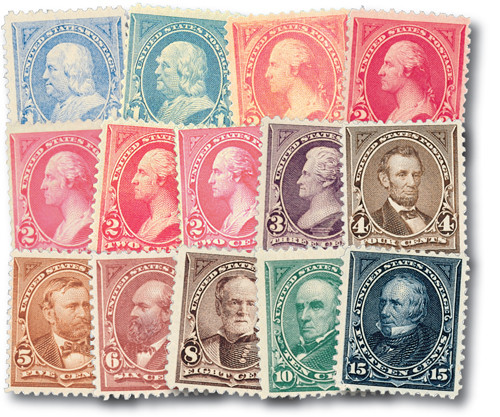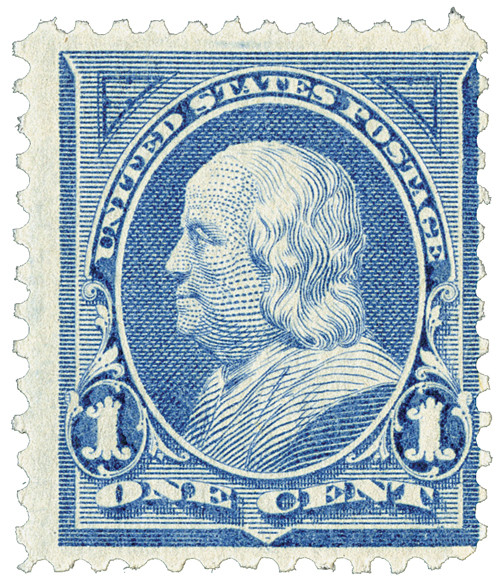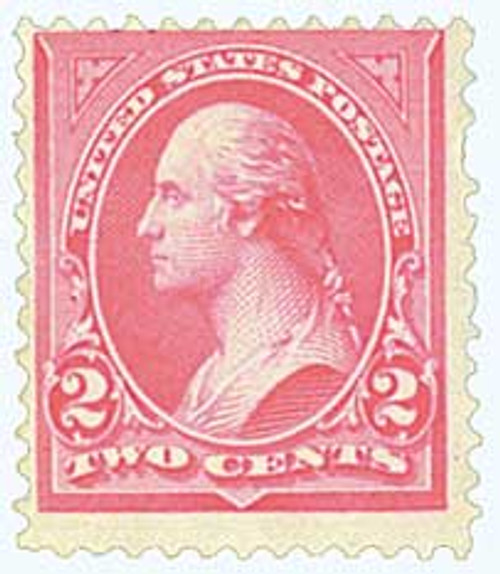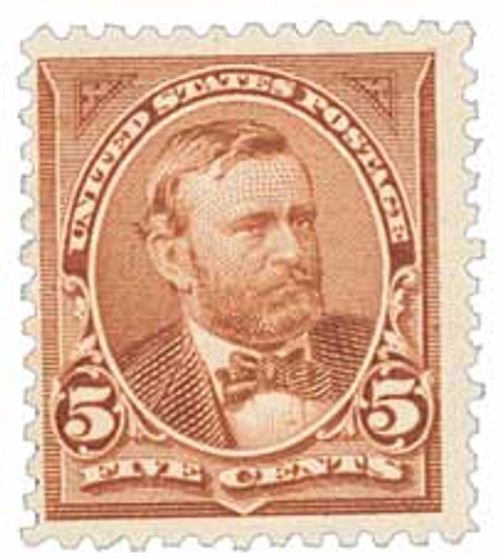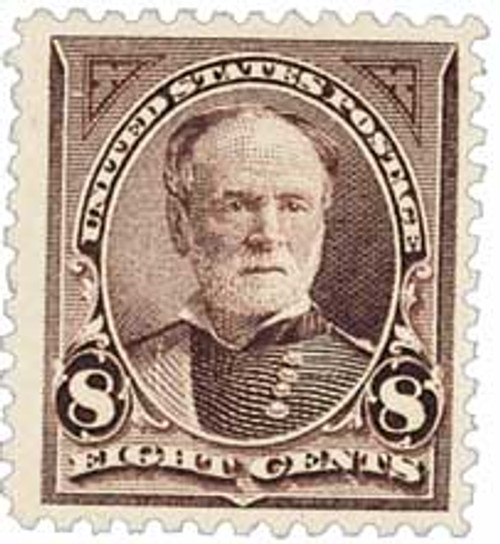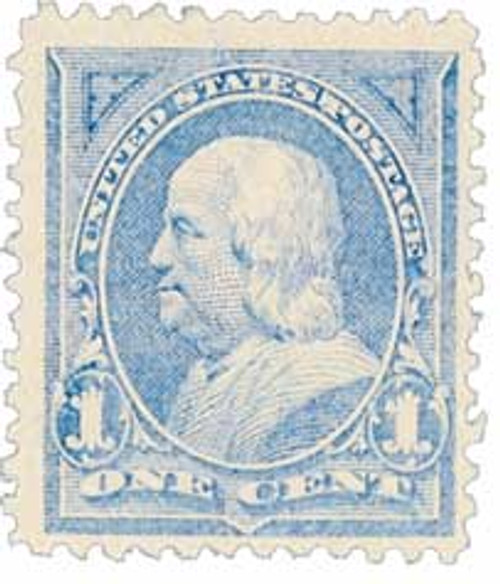
# 254 - 1894 4c Lincoln Unwatermarked, Dark Brown
1894 4¢ Lincoln
Issue Quantity: 16,718,150
Printed by: Bureau of Engraving and Printing
Watermark: None
Perforation: 12
Color: Dark brown
Happy Birthday Abraham Lincoln
Accustomed to hard work, Lincoln was always large and strong for his age. He received little formal education, but read whatever books he could borrow from his neighbors. When Abe was seven, the Lincoln family moved to Spencer County, Indiana, and then to Illinois when he was 21. Lincoln’s first experience with slavery came at the age of 22, while he was working as a deck hand on a Mississippi River flat boat. He witnessed slaves being beaten, chained, and mistreated on that journey. It was then that he formed his opinions about the institution that, over 30 years later, would lead to the Civil War.
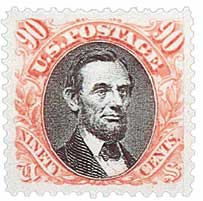
By 1847, Lincoln had been both a prominent lawyer in the Illinois Circuit Courts, and a four-term member of the Illinois legislature. He felt that it was time to make the jump into national politics, and ran for an open U.S. Congressional seat. Lincoln was elected, and on December 6, 1847, he began what would be an uneventful term. When his term was up, Lincoln returned home to Illinois to practice law again. By the mid-1850s, Abraham Lincoln was one of the leading lawyers in his state.
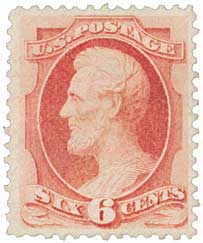
A bill introduced by Stephen Douglas in 1854 led Abraham Lincoln back into national politics. The 1820 Missouri Compromise outlawed the spread of slavery in the United States north of Missouri’s southern border. Douglas’ proposal called for the establishment of the Kansas and Nebraska territories. It further stated that the settlers of the territories could decide for themselves whether to permit slavery or outlaw it. Although Lincoln felt that abolishing slavery would be dangerous to the American economy, he felt that over time slavery would die off. By extending slavery, the Kansas-Nebraska Act strengthened the institution that Lincoln despised so much.
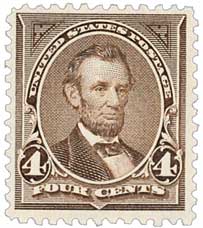
In the years following the Kansas-Nebraska Act, Lincoln acted feverishly in opposition to the legislation. He made several speeches against the act and even challenged Douglas to a series of debates. As a result, Lincoln was chosen to run against Douglas in the Senatorial election of 1858. Although Lincoln lost the election, the debates and speeches made him a well-known national politician, and an able Republican Presidential candidate in 1860.
By the time Abraham Lincoln was sworn in as President on March 4, 1861, seven states had seceded from the Union and formed the Confederate States of America. Four more states would soon follow. President Lincoln chose not to force the states to rejoin the Union – until Confederate artillery fired on Fort Sumter, in Charleston Harbor. This single act started a conflict that would last four long years.
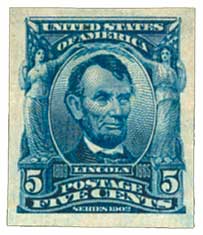
By the following summer, President Lincoln felt it was necessary to change the policy toward slavery once and for all. He drafted the Emancipation Proclamation, which freed all slaves in the rebelling states. However, because the law only applied to rebel states, it could not be enforced by Federal troops. So, in actuality, it didn’t free any slaves at the time. It did shift public opinion in favor of the war effort by making it more of a moral struggle than a political one. It also paved the way for the thirteenth amendment, which ended slavery in the entire United States.
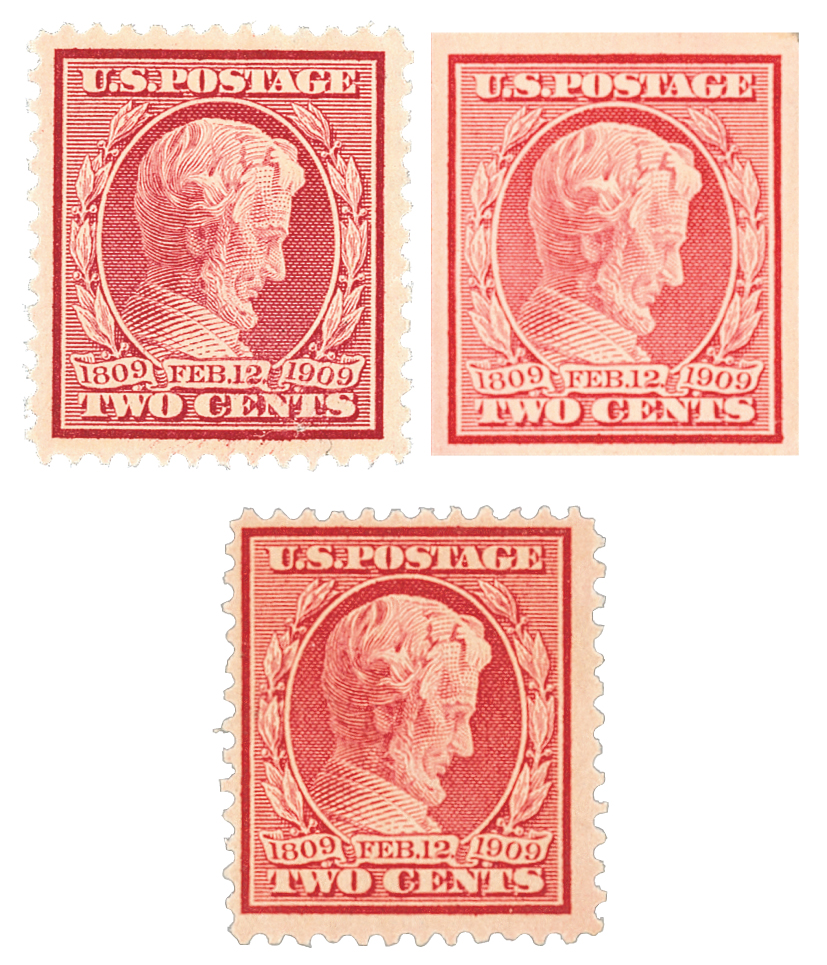
By the time Abraham Lincoln took the oath of office for the second time, the war was nearly over. On April 9, 1865, Confederate General Robert E. Lee surrendered to Union General Ulysses S. Grant at the Appomattox Court House in Virginia. President Lincoln ordered Grant to issue generous terms of surrender.
The United States had barely begun the difficult task of Reconstruction when Abraham Lincoln was assassinated by John Wilkes Booth while attending a play at Ford’s theater on April 14th, 1865. President Lincoln died early the following morning without ever regaining consciousness. Vice-President Andrew Johnson assumed the office of President the next day.
We have lots more Lincoln stamps and coins. Click here to view them. And click here to view our ultimate Lincoln collection, which includes mint stamps, uncirculated coins, and a great album filled with little known facts and stories.
1894 4¢ Lincoln
Issue Quantity: 16,718,150
Printed by: Bureau of Engraving and Printing
Watermark: None
Perforation: 12
Color: Dark brown
Happy Birthday Abraham Lincoln
Accustomed to hard work, Lincoln was always large and strong for his age. He received little formal education, but read whatever books he could borrow from his neighbors. When Abe was seven, the Lincoln family moved to Spencer County, Indiana, and then to Illinois when he was 21. Lincoln’s first experience with slavery came at the age of 22, while he was working as a deck hand on a Mississippi River flat boat. He witnessed slaves being beaten, chained, and mistreated on that journey. It was then that he formed his opinions about the institution that, over 30 years later, would lead to the Civil War.

By 1847, Lincoln had been both a prominent lawyer in the Illinois Circuit Courts, and a four-term member of the Illinois legislature. He felt that it was time to make the jump into national politics, and ran for an open U.S. Congressional seat. Lincoln was elected, and on December 6, 1847, he began what would be an uneventful term. When his term was up, Lincoln returned home to Illinois to practice law again. By the mid-1850s, Abraham Lincoln was one of the leading lawyers in his state.

A bill introduced by Stephen Douglas in 1854 led Abraham Lincoln back into national politics. The 1820 Missouri Compromise outlawed the spread of slavery in the United States north of Missouri’s southern border. Douglas’ proposal called for the establishment of the Kansas and Nebraska territories. It further stated that the settlers of the territories could decide for themselves whether to permit slavery or outlaw it. Although Lincoln felt that abolishing slavery would be dangerous to the American economy, he felt that over time slavery would die off. By extending slavery, the Kansas-Nebraska Act strengthened the institution that Lincoln despised so much.

In the years following the Kansas-Nebraska Act, Lincoln acted feverishly in opposition to the legislation. He made several speeches against the act and even challenged Douglas to a series of debates. As a result, Lincoln was chosen to run against Douglas in the Senatorial election of 1858. Although Lincoln lost the election, the debates and speeches made him a well-known national politician, and an able Republican Presidential candidate in 1860.
By the time Abraham Lincoln was sworn in as President on March 4, 1861, seven states had seceded from the Union and formed the Confederate States of America. Four more states would soon follow. President Lincoln chose not to force the states to rejoin the Union – until Confederate artillery fired on Fort Sumter, in Charleston Harbor. This single act started a conflict that would last four long years.

By the following summer, President Lincoln felt it was necessary to change the policy toward slavery once and for all. He drafted the Emancipation Proclamation, which freed all slaves in the rebelling states. However, because the law only applied to rebel states, it could not be enforced by Federal troops. So, in actuality, it didn’t free any slaves at the time. It did shift public opinion in favor of the war effort by making it more of a moral struggle than a political one. It also paved the way for the thirteenth amendment, which ended slavery in the entire United States.

By the time Abraham Lincoln took the oath of office for the second time, the war was nearly over. On April 9, 1865, Confederate General Robert E. Lee surrendered to Union General Ulysses S. Grant at the Appomattox Court House in Virginia. President Lincoln ordered Grant to issue generous terms of surrender.
The United States had barely begun the difficult task of Reconstruction when Abraham Lincoln was assassinated by John Wilkes Booth while attending a play at Ford’s theater on April 14th, 1865. President Lincoln died early the following morning without ever regaining consciousness. Vice-President Andrew Johnson assumed the office of President the next day.
We have lots more Lincoln stamps and coins. Click here to view them. And click here to view our ultimate Lincoln collection, which includes mint stamps, uncirculated coins, and a great album filled with little known facts and stories.






